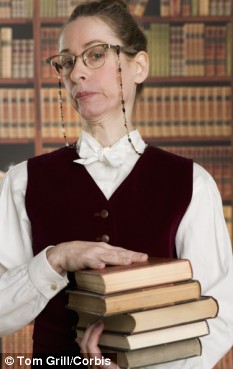Yesterday I posted a description of a collaborative project that I completed with some grade 6 students and their teacher Mrs. Camarda.
Today I've pasted in the assignment pages for our First Nations Assignment so that you can see the roles that we supplied to the kids. Hopefully, this gives you an idea of the structure we have created for this assignment. Please see the Two Heads are Better than One post for more info on the assignment.
Aboriginal Unit:
Culminating Task
You will be placed into groups. Each group will have the task of researching
one of the following Aboriginal Groups:
Cree (Subarctic Region)
·
Haida (Northwest Coast Region)
·
Interior Salish (Plateau Region)
·
Inuit (Arctic Region)
·
Iroqouis (Eastern Woodlands)
·
Blackfoot
(Plains)
As a group you will need to complete the following tasks
that will be presented at our Potlatch
at the end of this unit.
Task 1
Find a myth/story from the group that you are studying. Create a four square sketch of the stories
important scenes.
Write a paragraph on why this story would be important to
your tribes culture and what message or lesson your group thinks it is trying
to teach.
Task 2
Research the art and culture of your tribe. Look at the fact sheet provided and decide on
an individual and art form that you would like to research and describe in your
report.
Task 3
Describe the lifestyle that was lived by these tribes before
contact with the Europeans. Look at the
fact sheet provided for key words that you could use to begin your
research. Look at what their homes
looked like, what tools they used to gather food and survive the harsh climate,
how they travelled or transported goods.
Task 4
As a group, once you have researched your tribe, you will
come together and design a flag that represents the people of your tribe. Also, you will need to share a dish during
the potlatch that you think best represents these people that you can share
with the rest of the class.
That was page 1. Here's page 2.
The Story
Teller Checklist
1.
Your task is to find 2 myths from the
particular tribe you are researching.
2.
Create a
four square sketch for each story.
These should
be drawn neatly and coloured in.
3.
Write one paragraph on the importance of one of these stories.
What is the
main idea of the story?
What is the
theme?
In your
opinion, how do you think this story was used by the tribe in
order to
help them survive?
Cultural
Attaché
1.
Research an art or musical style from the
particular tribe you are researching.
2.
Find 2 examples of your art or musical
form. This can be a photo, a music video
or an audio
file.
3.
Create a paragraph about the artist who
created these pieces of art work.
Who is the
artist?
When did
they begin drawing/singing/sculpting, etc?
Where did
they learn this art form?
What type of
message are they trying to send with their art?
What is your
opinion of this art form. Do you like
it? Why/Why not?
Life and Style
Reporter A
1. Research what it was like
to live like the tribe you are researching.
Start with researching the types of homes they lived in. Ask for a
“Constructing a Model of an Early First Nation Home” Sheet
from Mrs. Camarda.
2. Create a good copy drawing or a
3-D model.
3. Write a paragraph describing the home.
What tools and materials were used for
construction?
What items could be found inside the home?
Who was in charge of the home and what were
their jobs? (ex. Mom’s were in
Charge of cooking meals, dad’s hunting and
gathering food.)
Life and
Style Reporter B
1. Research the clothing that the tribe you are
looking at wore.
2. In a paragraph, describe
what they wore on an everyday basis and if
there were any pieces of clothing
used for special occasions or ceremonies.
3. Provide at least two examples of everyday wear and two examples of
ceremonial dress.
1. It is your task to find any
interesting facts about how the tribe you are
researching found their food
source.
2. Write a paragraph about how they were able to
feed their tribe. Think about the
following questions.
How did they find food?
Were they farmers, fishers, hunters, etc?
How did they
prepare their food to eat?
What tools did they use to
prepare their food or kill it?
3. Provide at least three pictures of how they found and prepared their food.
Hope this gives a good idea about what the project was all about.



















